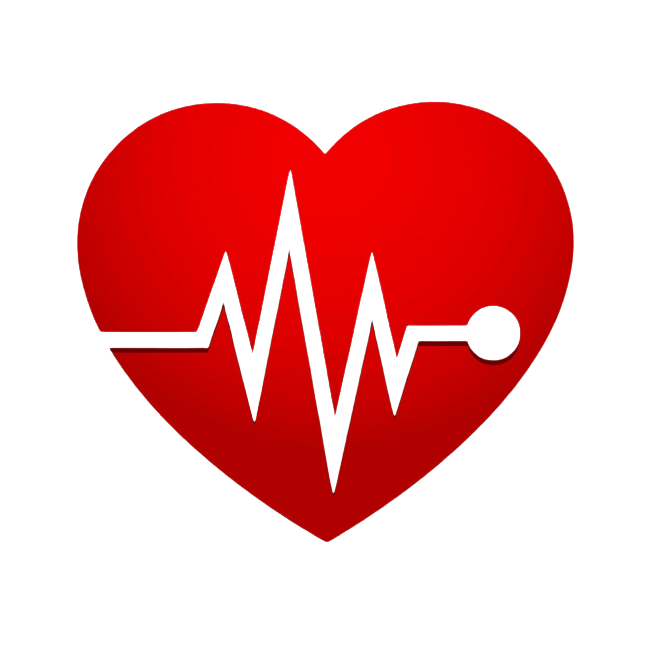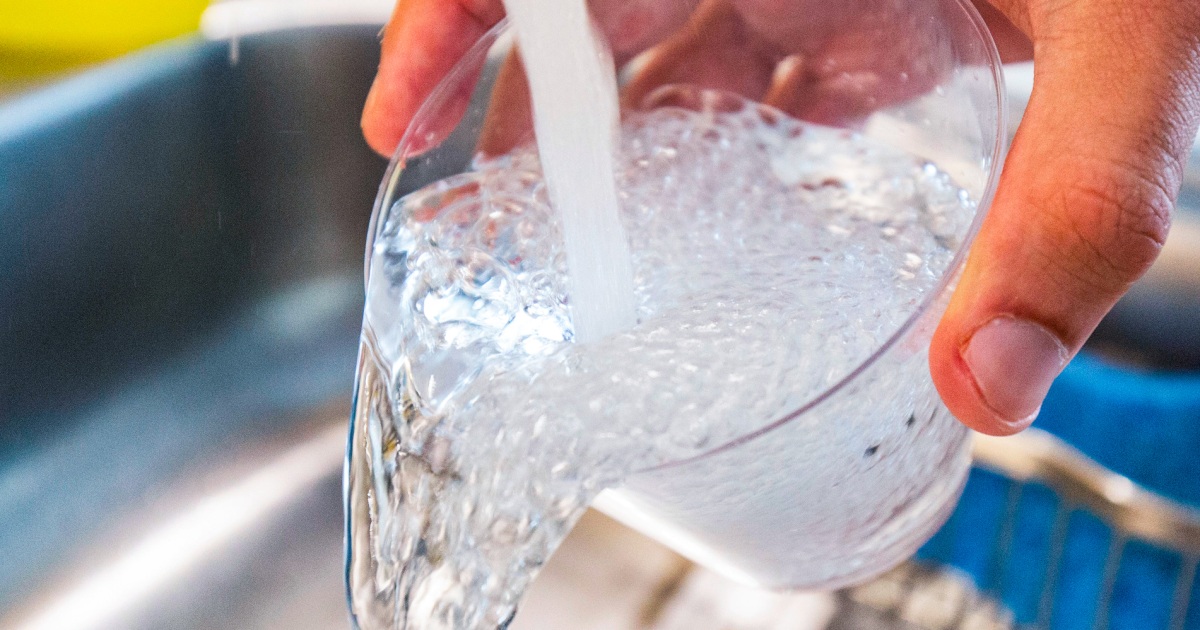The woman contracted a fatal infection caused by a brain-eating amoeba and died eight days after developing symptoms.
A Texas woman died from an infection caused by a brain-eating amoeba days after she cleaned her sinuses using tap water, according to a Centers for Disease Control and Prevention case report.
The woman, an otherwise healthy 71-year-old, developed “severe neurologic symptoms,” including fever, headache and an altered mental status, four days after she filled a nasal irrigation device with tap water from her RV’s water system at a Texas campsite, the CDC report said.
She was treated for primary amebic meningoencephalitis — a brain infection caused by Naegleria fowleri, often referred to as the “brain-eating amoeba.” Despite treatment, the woman experienced seizures and died from the infection eight days after she developed symptoms, the agency said.



Blows my mind, all the people that use anything besides freshly filtered boiled and/or filtered water for this.
It blows my mind, that the richest country in one of the most developed areas on the globe is unable to provide save tap water.
Dude, i live in a city with some of the best tap water in the world. That has fuck all to do with this.
So basically water from a cistern. Not the public water system.
Even if it was tap water, it’s safe to drink and cook with, not necessarily to wash your frontal lobe with.
apparently she was using stale water thats been sitting around for quite some time, this breeds bacteria, and amoebas. amoebas love to eat bacteria so they are found where tons of bacteria are. this is the case for legionaries disease, the bacteria love to infest amoebas.
the other kind of amoeba that can similar symptoms that also resulted in a brain eating form, is balumuthia amoeba.
Legionnaires disease is actually an atypical bacteria that is commonly found in water and HVAC systems, separate from any kind of amoeba.
In most if not all places, the municipal tap water is perfectly safe (old lead service lines, neglected areas, and occasional local boil-water advisories notwithstanding). Private wells are another matter, but there’s often little regulation on those, but there is lots of guidance available.
N. Fowelri requires something like 30 times the standard chlorine dose to kill. In municipal water systems, the most common source is biofilm that builds up in pipes in the water system and more often in the home/customer-side service line. This is especially true for older homes and poorly maintained apartment buildings.
I know it’s all the rage right now to shit on the US when and where one can, but our water system isn’t the place to do it.
Refs:
It sounds like the US water system is exactly the place to do it. We have neglected areas all over the place, and yet the EPA is being gutted and hamstrung and the HHS is trying to ban flouride instead of doing anything about vulnerable towns and schools that are just waiting to turn into Flint.
Why? Countries become rich by greed.
I bet every “richest country in the world” in the history of earth had horrible poverty. How else would they become the richest country in the world? It’s kinda an expected prerequisite
Blame it on the idiots banning Flouridation and the like. Sadly, there’s likely a large overlap with Netti-pot users.
There’s useful paranoia, and then there’s this.
Whoa whoa whoa, a neti pot isn’t some high energy life changing quartz or a magnetic bracelet that’s supposed to realign your chacras. Neti pots have real, legitimate medical use and are recommended by many ENTs and allergists for a range of medical conditions. They also have clear warnings to use sterile water.
They should be washed occasionally, too.
Nailed it with your last line.
Not as much as it blows their minds.
Save me a seat at your table in Hell.
They even make nasal irrigation devices with built-in filters! Mine’s a store brand from a local pharmacy.
You want steitle, not filtered, water
Turns out mine’s not store brand, it just looks generic enough to be store brand. They claim it meets CDC recommendations for nasal rinsing with tap water. ¯_(ツ)_/¯
Yes. Using tap water is safe.
And you’re supposed to boil the tap water
Not according to the literature that comes with the device.
Do they say you don’t have to boil it?
Or do they just not explicitly mention tbr obvious?
Source: PDF instructions from the page I previously linked to.
I wouldn’t trust that product. The labelling is misleading - this isn’t drinking water, so the same precautions don’t apply. If they don’t provide safe instructions, there’s no guarantee that they used safe materials.
Yeah, they’re just expecting that you boil it. Because even bottled water, you’re gonna have to boil before using it as a nasal rinse
Well it shouldn’t. We’re taking a lot of knowledge for granted when normally, we aren’t all that bright in the first place.
A lot of the theory learned isn’t met in practice, so it’s difficult to understand or recognize it.
I mean, come on, how often does ‘brain-eating amoeba’ even come up as a subject in day to day life? Hard to pay attention to stuff that doesn’t frequent your area of activities.
I have heard of getting brain eating amoebas, mostly from swimming in lakes or still water. I think this is the first time I’ve heard about them coming from using a nettle pot. Looking it up, it looks like a lot of cases come from nettle pots, but “a lot” is relative. There are only a dozen or so cases a year from any source. I still wonder if any of those cases really come from city water or if they are from well and cistern water like this lady used. Either way, following the instructions that come with the pot would have saved those people.
They theoretically could come from tap water. Reservoirs of treated water can be open to the atmosphere, and accessible to wildlife. Chlorine and dilution mitigate most of the risk, but not all of it.
I see stories about it at least once a year, and its the sort of thing that sticks out, even though I rarely flush my sinuses.
Well, I don’t. It’s the first time in 7 to 10 years since I last heard of it. It’s not common at all for me and doesn’t even cross my mind because I lacked reoccurring contact with this kind of information to have it a priority.
This difference in knowledge is also a difference in awareness , so it’s not that baffling that most people don’t share the same kinds of wariness.
We don’t know the same things so we pay attention to things in separate ways.
Yeah, but i also dont put water up my nose to cleanse what my mucous membranes already do.